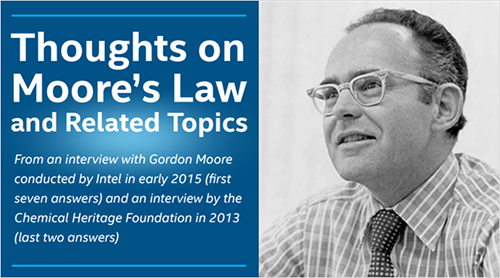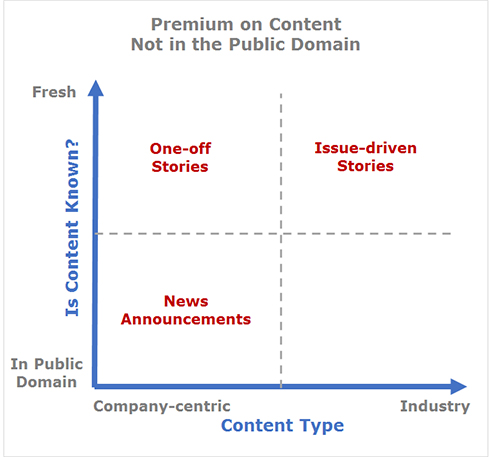When founders get the boot, they don’t always go quietly or humorously into the night á la Andrew Mason.
For communicators, this poses a quandary.
Typically, the founder serves as the face of the company with his or her persona baked into the brand. If the founder reacts with “hell hath no fury like a woman scorned” emotion, the company’s response goes a long way toward determining if a full-scale PR crisis ensues.
As Exhibit A, look no further than the happenings at Men’s Wearhouse over the past couple of weeks. When the Board fired its founder and Executive Chairman George Zimmer on June 19, the language in the news release portended fireworks:
- The Board expects to discuss with Mr. Zimmer the extent, if any, and terms of his ongoing relationship with the Company.
Usually, this type of detail is squared away before the news release goes out the door. The line makes it clear that if George doesn’t play nice in the sandbox, the Board “guarantees” he won’t have a role with the company.
And the fireworks did arrive in the form of George using the media to send a missive that borrows from Animal House, “It’s not over until we say it’s over.”
At this point, Men’s Wearhouse faced two options:
- Just take it with the expectation that the issue will dissipate over time
- Go on the offensive with its own narrative
And go on the offensive it did.
This is where most companies get it wrong. They give the final say to the attorneys who inevitably generate language that makes CSPAN look provocative.
Instead, the company’s executives and its agency, Dennard – Lascar Associates, created an extraordinary news release:
Men’s Wearhouse Board of Directors Provides Further Comments on Termination of George Zimmer
FREMONT, Calif., June 25, 2013 /PRNewswire/ — The Board of Directors of Men’s Wearhouse (NYSE: MW) today provided further comments regarding the termination of George Zimmer as Executive Chairman on June 19, 2013. The Board stated:
“Our actions were not taken to hurt George Zimmer. Rather we were focused on what we believed to be in the best interests of Men’s Wearhouse, as well as shareholders and employees. While Mr. Zimmer owns 3 ½% of the stock, it is our obligation to represent the interests of all shareholders.
Savvy on the part of Men’s Wearhouse to recognize the emotional side of the issue and immediately state it didn’t mean to hurt George’s feelings. At the same time, it reminds everyone that George isn’t king.
“Mr. Zimmer had difficulty accepting the fact that Men’s Wearhouse is a public company with an independent Board of Directors and that he has not been the Chief Executive Officer for two years. He advocated for significant changes that would enable him to regain control, but ultimately he was unable to convince any of the Board members or senior executives that his positions were in the best interests of employees, shareholders or the company’s future. These issues of contention included, among other things:
Staying with this theme, the release notes that George wanted to be king.
- After selecting our CEO, Doug Ewert, and several of the key management team members that have effectively been running the company for many years with great success, Mr. Zimmer eventually refused to support the team unless they acquiesced to his demands.
- Mr. Zimmer expected veto power over significant corporate decisions. Among them was executive compensation despite the fact that we – as required of a public company – have an independent committee of the Board that sets policy in this area.
- After initially supporting the review of strategic alternatives for K&G as proposed by management and supported by the Board, Mr. Zimmer reversed course. Despite Mr. Zimmer’s objection, the Board and management remain committed to the K&G review process.
- Mr. Zimmer reversed his long-standing position against taking the company private by arguing for a sale of the Men’s Wearhouse to an investment group. The Board believes such a transaction would not be in the best interests of our shareholders, and it would be a very risky path on many levels. It would require the company to take on a huge amount of debt to pay for such a transaction. The Board strongly believes that such a transaction would be highly risky for our employees and would threaten our company culture that is so important to all of us.
- The Board is unanimously of the view that now is not the time to sell the company. The Board is committed to a strategic plan carefully developed by CEO Doug Ewert and the rest of the company’s experienced management team, which we all believe will maximize long-term value for all shareholders.
There’s a clinical tone to the proof points that logically leads the reader to conclude that the Board made the only decision it could.
“Mr. Zimmer presented the Board with the choice of either a) continuing to support our CEO and the management team on the successful path they had been taking, or b) effectively re-instating Mr. Zimmer as the sole decision maker. The Board strongly believed that the best course of action was to re-affirm its support for Doug Ewert, the senior management team, our shareholders and our employees.
“Neither the Board nor management desired a total breakdown of the relationship between Mr. Zimmer and the company. In our discussions with Mr. Zimmer, we made considerable efforts to find a solution that would have allowed him to continue to have a significant involvement with Men’s Wearhouse. Unfortunately, Mr. Zimmer wouldn’t accept anything other than full control of the company and the Board was left with no choice but to terminate him as Executive Chairman.
Starting to detect a pattern; i.e., George wanted his throne back. The Board tried to reason with him, but from his standpoint, it was an all or nothing proposition.
“As a Board, we care deeply about the culture of Men’s Wearhouse, which we fostered and helped create along with the management team and our 17,000 valued employees. We stand behind its core values of world-class customer service, servant leadership and the open door culture that celebrates the value of every voice. As we stated, we fully support Doug Ewert, our CEO, and senior management team who are unified and focused on the future of the company and the best interest of our shareholders, employees and customers.”
Nice closing touch to mention an entire leadership team has built the company’s culture, not one individual.
The conversational language and deft touch delivers quotes that sound like they come from actual human beings. More than communicate their side of the story, Men’s Wearhouse wanted to create a self-directed narrative that the media could write without interviewing the company.
Last week I discussed the concept of “atomizing” storytelling, the breaking up of the narrative into tiny pieces to serve journalists. That’s exactly what Men’s Wearhouse did with this news release.
While I’m obviously not privy to the war room discussions at Men’s Wearhouse, that seems to be the way it played out when they drew it up on the grease board, with major media properties like The New York Times writing stories based solely from the news release:

The NYT story never happens unless Men’s Wearhouse puts out a real, not a promotional, story.
Will George lash back?
Of course, and he did.
But it’s less effective because the company took the initiative to make sure its voice was heard.
Note: While not exactly an apples-to-apples comparison, the language gamesmanship in the Toyota customer letter during the 2010 recall stands in stark contrast to the Men’s Wearhouse approach.







